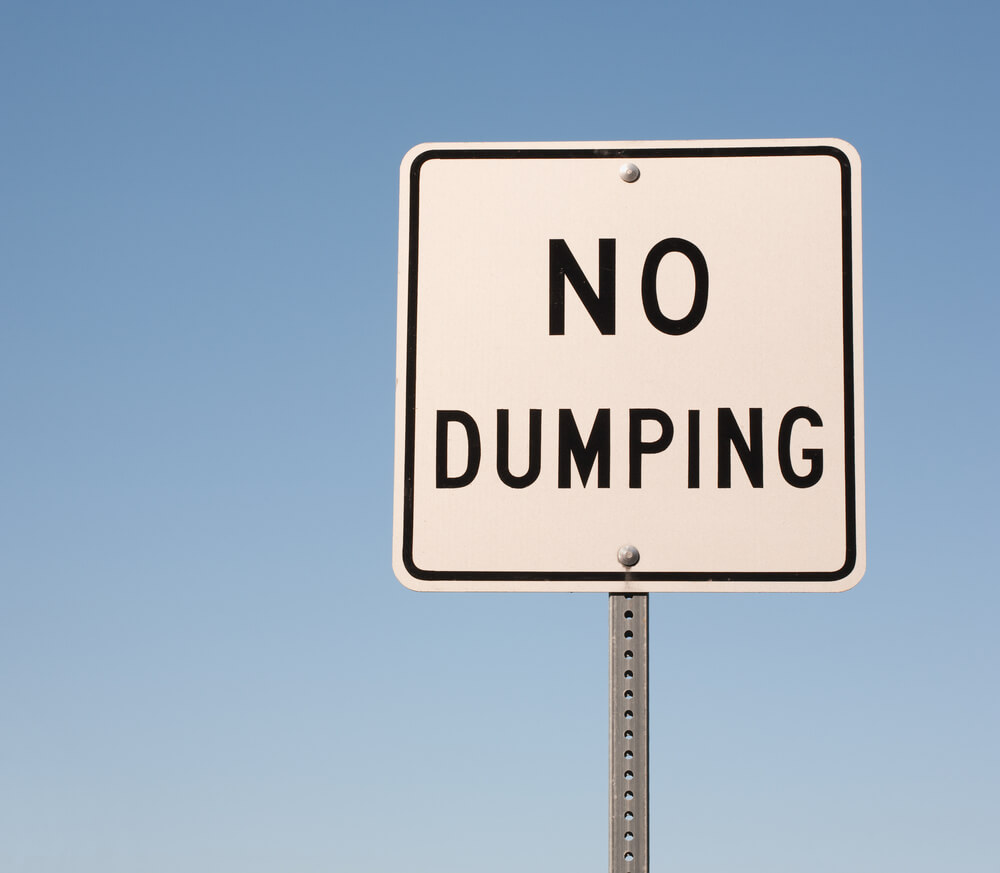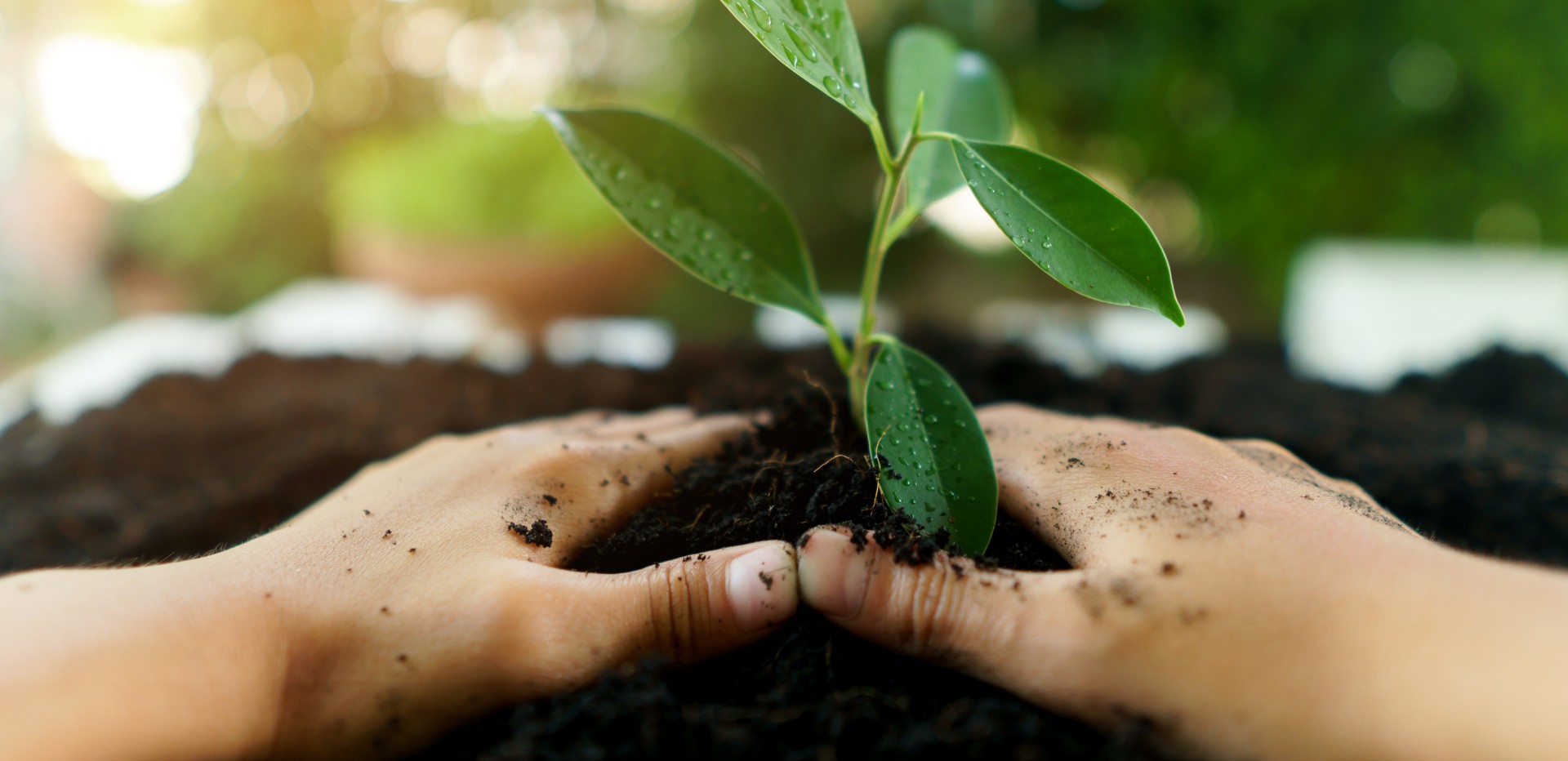What do you think when you hear “composting?” A pile of decomposing lawn clippings in a backyard? That thing that one friend you have keeps trying to get you to start? That weird, third bin next to the trash and recycling? In truth, all of those and more fall under the composting umbrella. Composting has a long and diverse history, spanning back potentially as long as humans have run farms. There are plenty of benefits and basics to know about composting yourself, but to get the full picture you need to appreciate its full scope from the small, at-home projects to the large, full community operations.
Small-Scale Composting
For the individual, small-scale composting is what they will most likely directly interact with. This is a green alternative to simply throwing everything out, and if you grow your own plants, it’s a way to make cheap fertilizer. But what’s the best way to compost at home? That depends on what makes the most sense in your living accommodations. Each type of composting has positives and negatives, so do your research to figure out which method makes sense for you.
Onsite Composting
Also known as “Open Air Composting” or “Direct Composting” this is your standard compost pile. The cheapest, easiest, and most popular small-scale composting, this method essentially comes down to creating an aerated pile of compost somewhere outside either in a small hole or on some bare earth. This is best for people looking to get started composting or homes with minimal compost production.
Pros:
- Easy to set up and maintain.
- Flexible in location and climate.
- Highly effective for how little work it takes.
Cons:
- Takes a long time to create usable composts (up to two years).
- Compost has limited uses (not for use as potting soil for houseplants).
- Has limited capacity for food scraps (if not properly buried, food scraps will smell and run the risk of being dug up by animals).
Worm Farm Composting
Worm Farm Composting or “Vermicomposting” utilizes a specific structure tailored for worms to break down food scraps, yard waste, paper, and other organic material into high-quality compost also known as “castings.” These worms aren’t your normal night-crawlers, vermicomposting utilizes red worms to properly break down the compost. One pound of mature red worms can work through a half pound of organic material a day. The farms can be bought or built to the scale needed for your home, but avoid using metal as copper can leach into the soil and kill the worms. Worm farm composting is similar to Effective Microorganisms Composting, using worms instead of bacteria.
Pros:
- Creates versatile compost suitable for potted plants.
- Produces high-quality liquid fertilizer known as “worm tea.”
- Faster than compost piles, making usable castings in three to four months.
- Due to the farm’s structure, they are ideal for apartments or small offices without yard space.
Cons:
- Liquid “worm tea” byproduct can leak and needs to be managed in indoor spaces.
- Storing the farms outside removes this concern as the excess liquid will go into the soil.
- Worms need to be maintained and are sensitive to the conditions they live in. Extreme temperatures and direct sunlight can kill the worms or drive them out of their container.
- For most consistent climate control, store inside (with proper drainage collection).
Large-Scale Composting
Individual composting is a good practice to get into, but community composting is where it becomes the most efficient. While requiring a higher initial overhead cost and management limits the accessibility of these methods, once the systems are in place the process can be streamlined. If in an apartment, look to see what services are offered, and if in a home, check what types of composting services your local disposal companies offer (you can often have compost picked up by the same people who take your trash and recycling).
Aerated Static Pile Composting
This method utilizes a systematic and large-scale approach to composting that’s perfect for certain landscaping companies, farms, or communities. This system works by homogeneously mixing organic waste into large piles, aerated by layers and bulking agents, and placed over a network of pipes that utilize blowers to circulate airflow.
Pros:
- Great for large generators of yard waste, food scraps, paper products, and other organic materials.
- No need for physical turning.
- Can withstand the cold, as the core retains its warmth.
- Makes usable compost relatively fast (ready in three to six months).
- With the proper airflow system, compost piles can be built on a large scale, saving on total land use.
Cons:
- Since there isn’t any turning, aerated static pile composting requires more detailed layering and monitoring to make sure the pile is evenly heated and properly aerated.
- Installing the pipe system to circulate airflow is costly and requires technical knowledge to construct and operate.
- Animal by-products and grease from food do not compost well using this method.
Windrow Composting
Windrow composting is a common, large-scale solution to high volume communities and organizations like restaurants. The organic waste is piled into long rows, or “windrows,” that sit at four to eight feet tall and fourteen to sixteen feet wide. These dimensions allow the piles to be large enough to maintain temperature, but small enough to allow natural airflow. This process produces a lot of compost, so many communities give it away for free!
Pros:
- Can handle a wide variety of waste, from yard trimmings, grease, liquids, and even animal byproducts.
- Can work in cold climates due to high internal temperature.
- Relatively easy and cheap to set up and operate.
Cons:
- Requires large tracts of land, designated equipment, and consistent labor to maintain and turn piles.
- Creates a liquid byproduct that can contaminate local groundwater if not properly collected and treated.
Both Small and Large-Scale Composting
In-Vessel Composting
This method can be scaled to the needs of the situation depending on the size of the composting unit. A drum, silo, trench, or similar equipment is filled with organic material and mechanically turned, allowing for control and minimal used space. These units can range from being used inside a building’s kitchen to large, outdoor units for whole communities.
Pros:
- Provides unparalleled control over the composting process by regulating the aeration, climate, byproducts, and odors with both the indoor and outdoor units.
- Requires minimal space to operate.
- Can handle almost any type of organic waste including meat and manure.
- Is very fast at producing usable compost (only needing a few weeks from start to finish).
Cons:
- The units are expensive and require technical knowledge to properly operate and maintain.
Composting and You
Now you know what types of composting methods are out there, it’s time to see what you can do. If you have the space and the initiative, start composting at your home, but if you’re renting or don’t have the time, find a local service.



